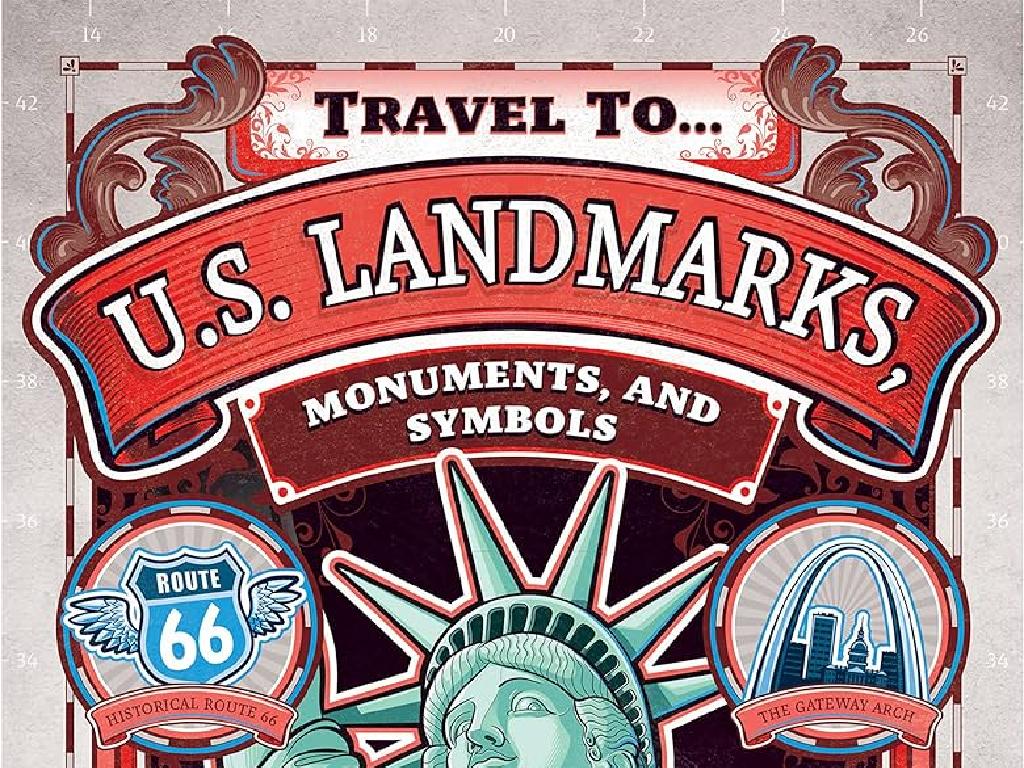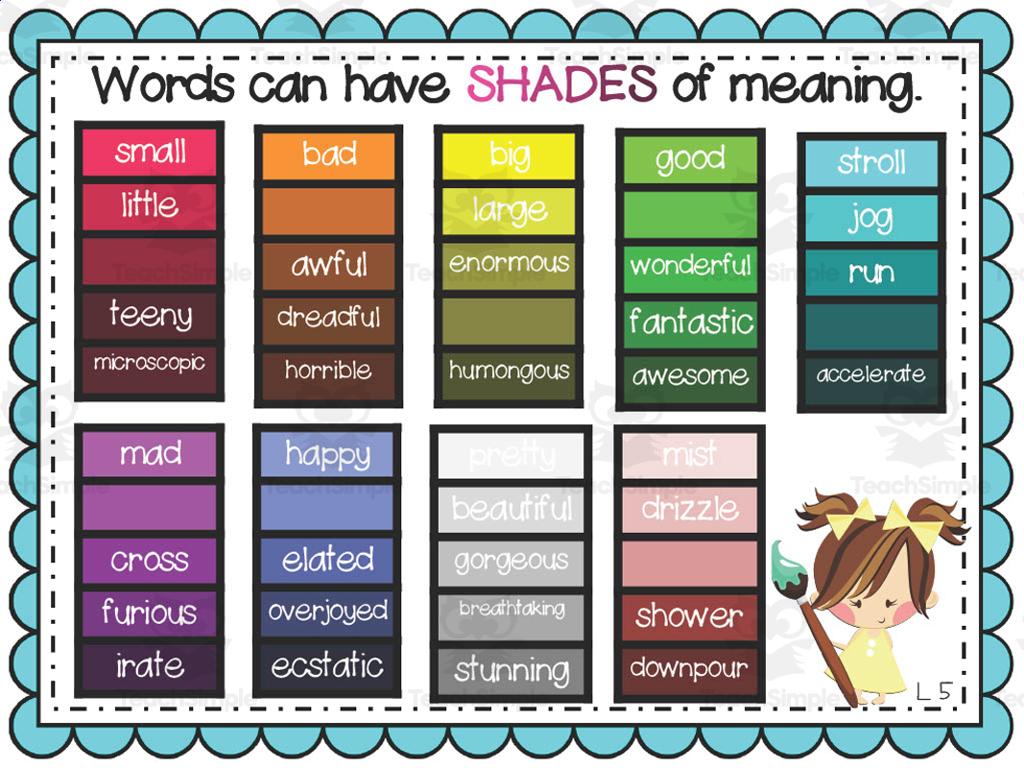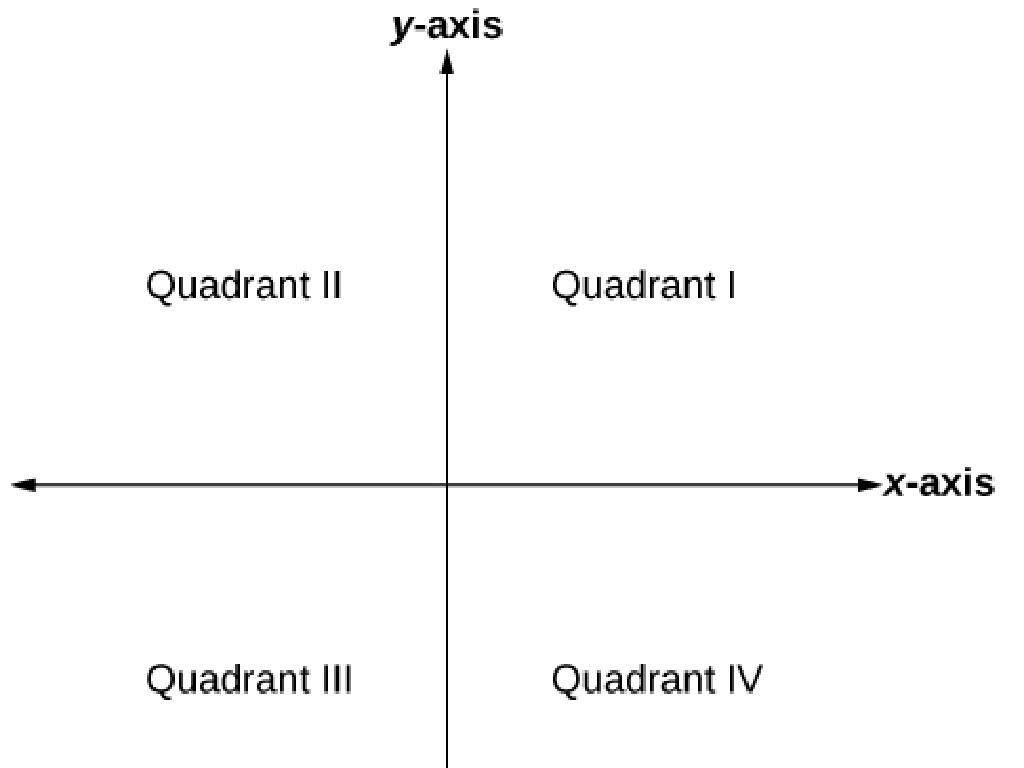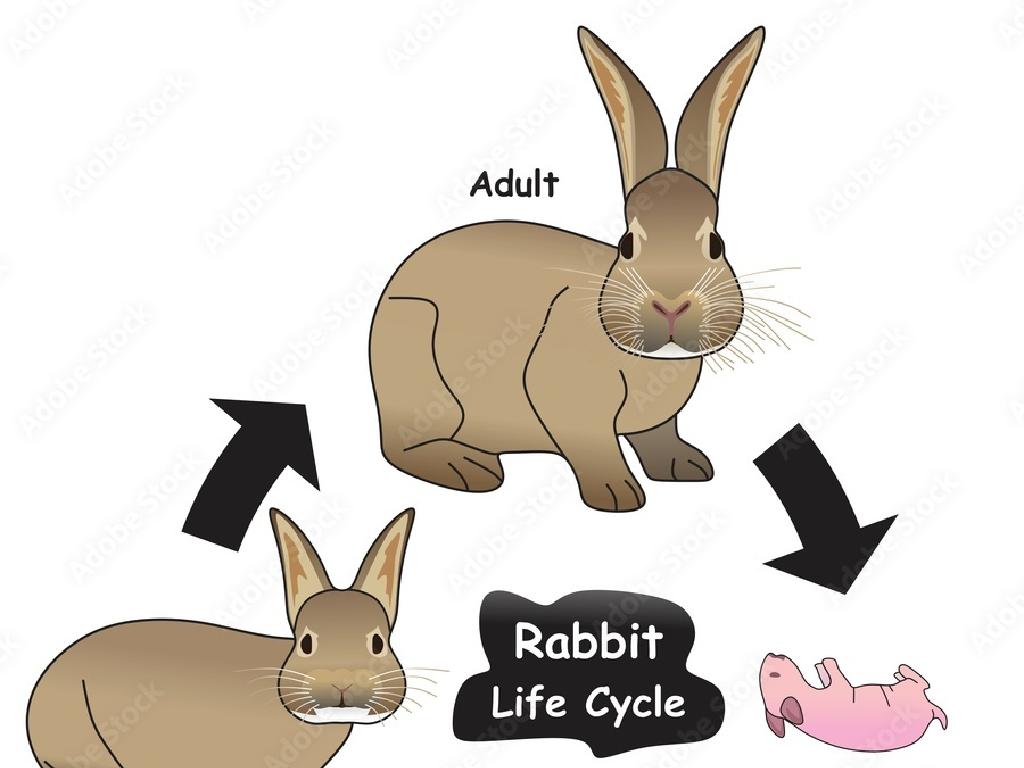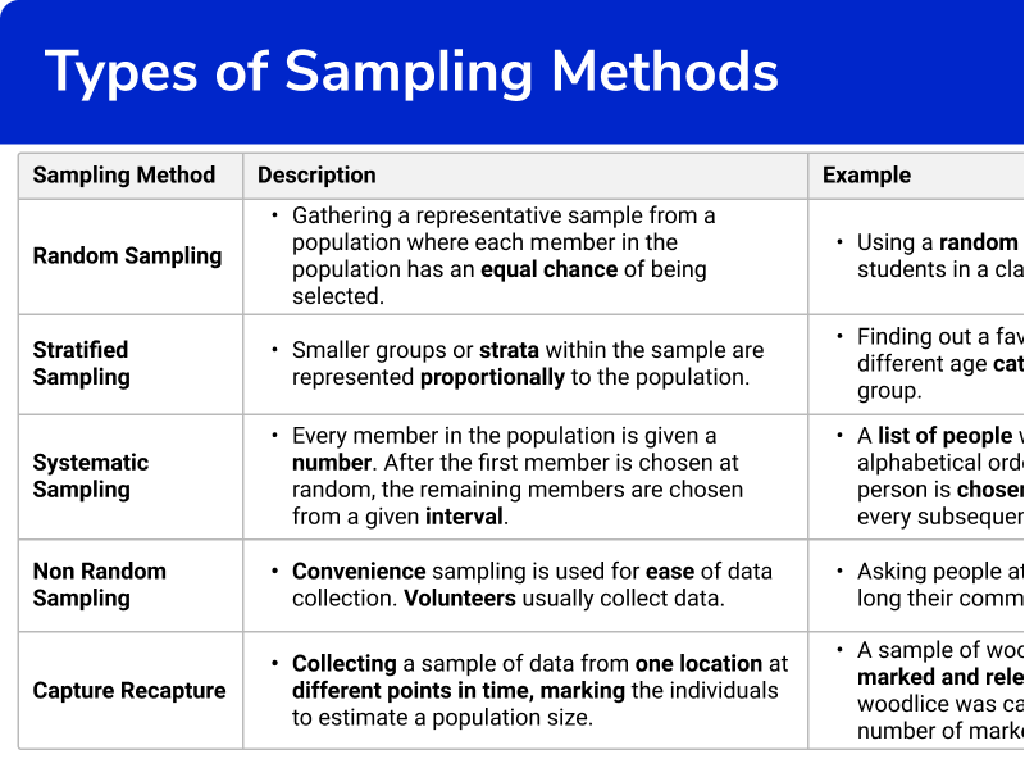Match Problems With Their Solutions
Subject: Language arts
Grade: Fourth grade
Topic: Text Structure
Please LOG IN to download the presentation. Access is available to registered users only.
View More Content
Today’s Adventure: Matching Problems with Solutions!
– Discover story building blocks
– Identify problems in stories
– Look for challenges characters face
– Find solutions in the narrative
– Seek how characters solve these issues
– Understand importance of problem-solution
– Recognizing this helps us comprehend the story better
|
This slide introduces students to the concept of text structure, focusing on the problem-solution element which is crucial in understanding how stories are constructed. Begin by explaining that stories are like puzzles made up of different pieces – problems and solutions are two of those essential pieces. Discuss how identifying the problem helps us to engage with the characters and plot, while finding the solutions allows us to see how conflicts are resolved. Emphasize that understanding this structure improves reading comprehension and makes reading more enjoyable. Encourage students to think of their favorite stories and the problems and solutions within them. This will prepare them for activities where they will practice matching problems with solutions in various texts.
Understanding Text Structure: Problem and Solution
– What is text structure?
– The way a story or text is arranged
– Types of text structures
– Description, sequence, comparison, cause & effect, and problem & solution
– Today’s focus: Problem & Solution
– We’ll learn how authors present problems and their solutions
– How to identify them
– Look for words like ‘problem’, ‘issue’, ‘solution’, or ‘resolve’
|
This slide introduces the concept of text structure to fourth-grade students, focusing on the problem and solution structure. Begin by explaining that text structure is the organization of a story or piece of writing. Highlight the different types of structures and emphasize that today’s lesson will concentrate on understanding how authors present problems and their solutions within a text. Teach students to identify keywords that signal a problem and solution structure. Encourage them to think of examples from stories they’ve read where a character faced a problem and found a solution. This will help them recognize this structure in future readings.
Identifying Problems in Stories
– What is a problem in a story?
– It’s a challenge or issue faced by characters.
– Clues to discover problems
– Look for words like ‘trouble’, ‘issue’, or ‘dilemma’.
– Read a story excerpt together
– Find the problem in the story
– We’ll practice finding the problem using a story example.
|
This slide is aimed at helping students understand how to identify problems within a story, which is a key component of text structure in literature. Start by explaining that a problem is something that the characters need to resolve. Teach students to look for specific words that often signal a problem. During the class, read a story excerpt aloud and work together to find the problem. This interactive approach will help students apply what they’ve learned about text structure and problem identification. Encourage participation and guide them through the process of finding clues in the text.
Finding Solutions in Stories
– Understanding a solution
– It’s how characters fix their problems
– Clues to find solutions
– Look for words like ‘solved’, ‘fixed’
– Discuss story solutions
– What was the problem and how was it solved?
– Apply to our story excerpt
– Let’s find the solution in our book excerpt
|
This slide aims to help students understand how to identify solutions to problems in stories. A solution is the method by which characters in a story resolve their conflicts or challenges. Teach students to look for specific words that often signal a solution, such as ‘solved’, ‘resolved’, ‘fixed’, or ‘overcame’. Use an excerpt from a story the class has read to discuss the problem presented and how the characters found a solution. Encourage students to apply this understanding by finding the solution in the story excerpt, discussing it as a class, and reinforcing the concept that problems in texts are often accompanied by clues that hint at their resolution.
Matching Problems with Solutions in Stories
– Understanding story through matching
– Matching helps us grasp the plot better.
– Finding cause and effect
– Identify the problem (cause) and its outcome (solution).
– Activity: Match problems with solutions
– Use example stories to practice matching.
– Enhances reading comprehension
|
This slide introduces the concept of matching problems with solutions as a way to improve understanding of a story’s structure. Emphasize the importance of recognizing the cause (problem) and effect (solution) to comprehend the narrative fully. The activity involves students using example stories to identify and match problems with their respective solutions, reinforcing their ability to analyze text. For the teacher: Prepare several short stories with clear problems and solutions. Divide the class into groups and assign each group a story. Have them discuss and match the problems with solutions. Share the answers as a class to ensure understanding. This activity will help students practice critical thinking and improve their ability to understand and summarize stories.
Your Turn to Be the Detective!
– Receive a mystery short story
– Find the story’s problem
– What challenge does the character face?
– Discover the solution
– How is the challenge resolved in the end?
– Share with the class
– Explain the problem and solution you found
|
In this class activity, each student will act as a detective by reading a short story provided by the teacher. The objective is to identify the central problem that the characters are facing and how they overcome it. This exercise helps students understand the text structure of problems and solutions, which is a key component in narrative comprehension. Teachers should prepare a variety of stories to cater to different reading levels within the fourth-grade class. Possible activities include students working individually or in pairs, discussing their findings with a partner before sharing with the class, or even creating a visual representation of the problem and solution. The teacher should facilitate the sharing session, ensuring each student has a chance to present and receive feedback.
Review and Reflect: Problems and Solutions
– Recap on problems and solutions
– We learned how to find and match problems with their solutions in stories.
– Importance of this text structure
– Understanding this helps us comprehend texts better and see how characters overcome challenges.
– Applying knowledge to real life
– Knowing how to identify problems and solutions can help us solve our own real-life issues.
|
Today’s lesson focused on the text structure of problems and solutions, a key component in understanding narrative and informational texts. By recognizing this structure, students can better analyze and comprehend the material they read. This skill is not only vital for academic success but also for personal development, as it equips students with the ability to tackle challenges by looking for solutions. Encourage students to reflect on how this knowledge can be applied outside the classroom, such as in resolving conflicts with friends or overcoming obstacles in personal projects.
Class Activity: Problem-Solution Match Game
– Engage in a matching game
– Pair problem cards with solutions
– Find the solution card that fits the problem card
– Collaborate in small groups
– Share ideas and strategies with your group
– Discuss and explain your matches
– Talk about why you think the pairs match
|
This interactive class activity is designed to reinforce students’ understanding of problem and solution text structure. Provide each group with a set of problem cards and solution cards. Students will work together to match each problem with the correct solution, promoting teamwork and critical thinking. As they collaborate, encourage them to discuss their thought process and the clues that led them to each match. After the activity, have a group discussion to review the matches and ensure comprehension. Possible variations of the activity could include having students create their own problem and solution cards, using examples from stories read in class, or even relating to personal experiences.
Homework Challenge: Problem & Solution
– Read a short story at home
– Note the main problem
– What challenge does the character face?
– Write down the solution
– How is the problem resolved?
– Discuss your findings in class
|
This homework task is designed to help students understand the ‘problem and solution’ text structure by applying it to a short story of their choice. Encourage students to think critically about the challenges characters face and how they overcome them. Remind them to look for key words or phrases that signal a problem and its resolution. In the next class, have a discussion where students share the problems and solutions they identified and explain how they determined them. This will enhance their comprehension skills and ability to analyze text structure.

